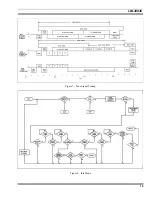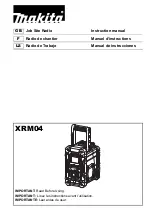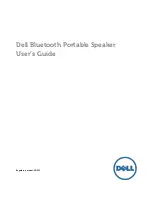
LBI-38836
20
If a channel with no busy tone is found, the portable
transmits a burst of busy tone to acquire the repeater. The
repeater then responds with a burst of acquisition tone.
Upon receipt of the acquisition tone, the portable proceeds
to transmit the group tones (either two or four tones). If a
four tone sequence is sent, the portable must detect all four
tones and busy tone before entering the Ready Mode. If a
two tone sequence is sent, the busy tone must be present
within 90 milliseconds of the last tone in order for the radio
to enter the Ready mode. If no busy tone is present, or if the
four tone sequence isn't valid, the portable will jump to the
next channel in the call originate set and check for busy tone
as described above.
READY MODE (Figure 10 On Page 20)
When an incoming call has been detected, or an idle
channel has been acquired, the portable enters the Ready
mode. In this mode, the audio and push-to-talk circuits are
enabled, the speaker is unmuted, and the operator is alerted
an alert tone. The radio can then be used in the conventional
push-to-talk manner with the radio remaining on the channel
until the operator hangs up or the repeater drops the busy
tone, causing the unit to revert to Idle mode.
If a call is initiated and a sequence of five beeps
is sounded, the user cannot access the radio
system due to being out of portable receive range
or being inoperative. Any subsequent call will be
ignored for 20 seconds.
NOTE
CONVENTIONAL SYSTEM
DESCRIPTION
In conventional mode (not trunked) the radio can
operate either with tone Channel Guard, digital Channel
Guard, or carrier squelch; depending on personality
programming. Tone Channel Guard range is 67.0 to 210.7
Hz. Squelch Tail Elimination (STE) is used with tone
Channel Guard to eliminate squelch tails at the receiving
radio by phase shifting the transmitted Channel Guard tone
when the PTT is released.



































